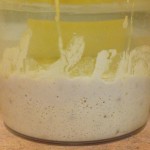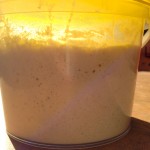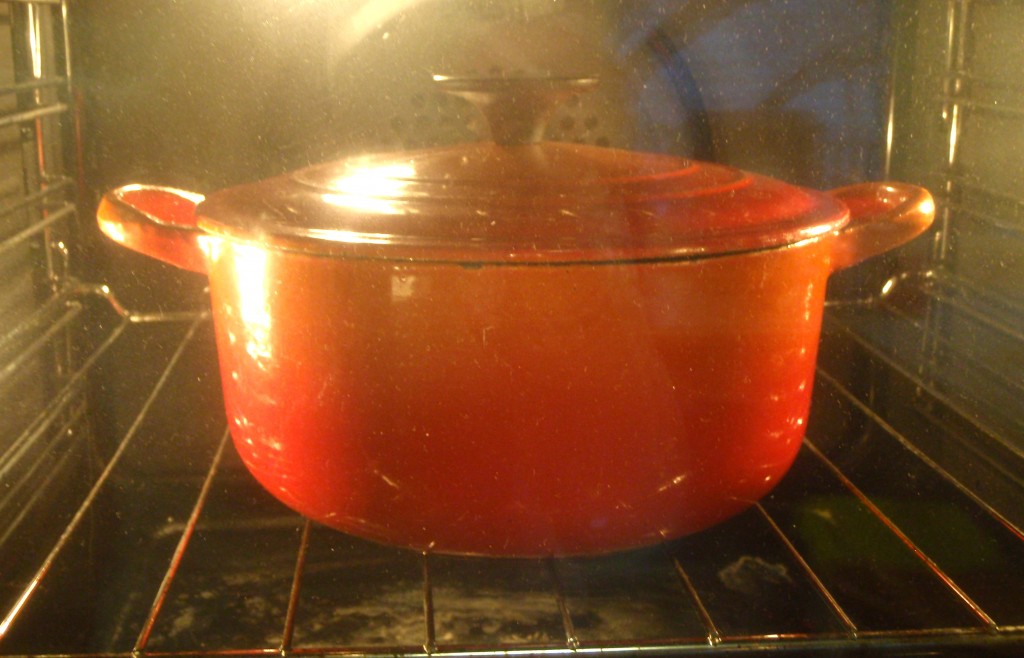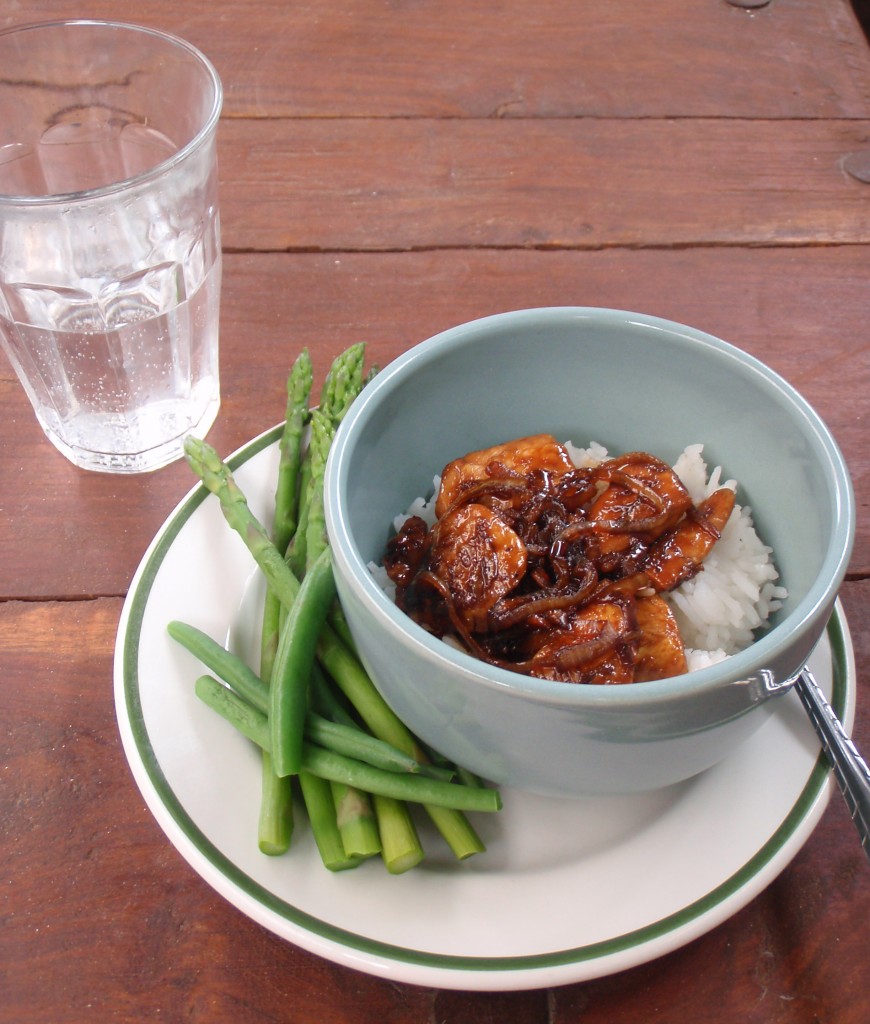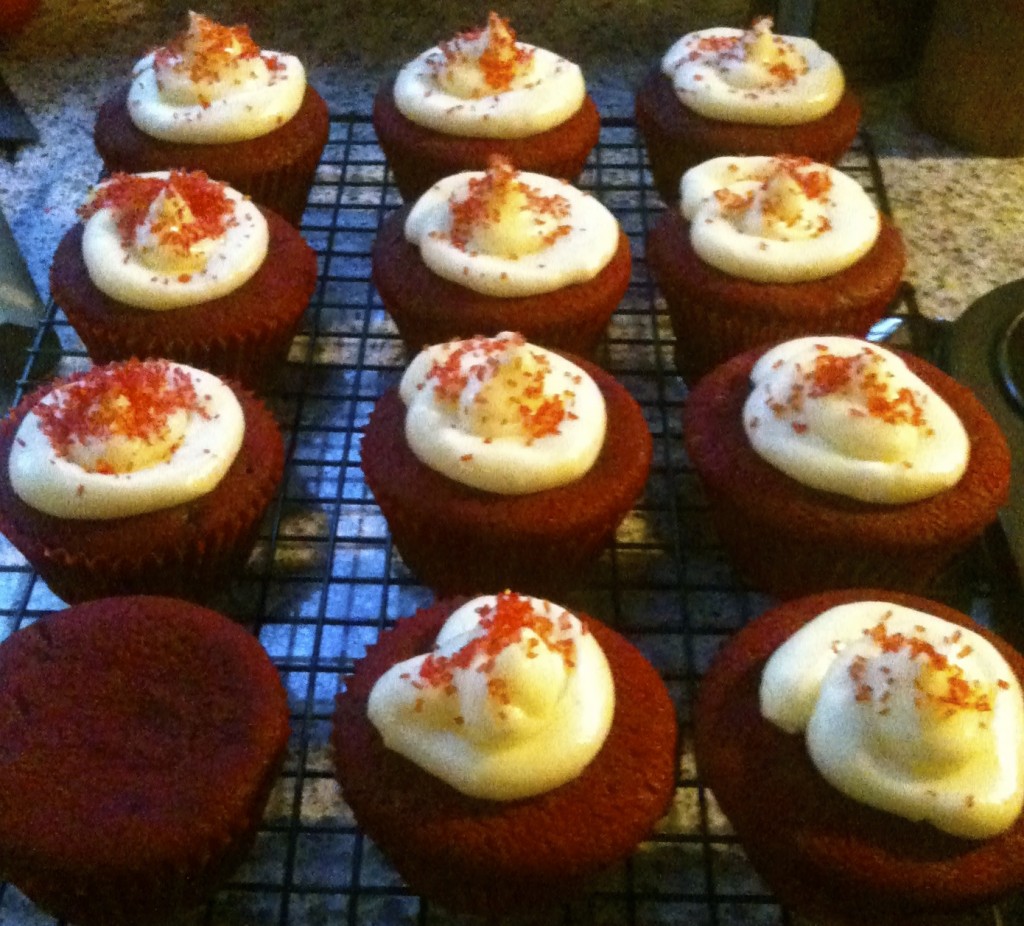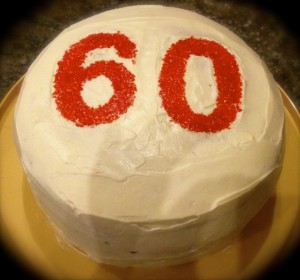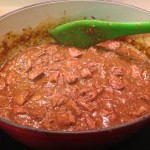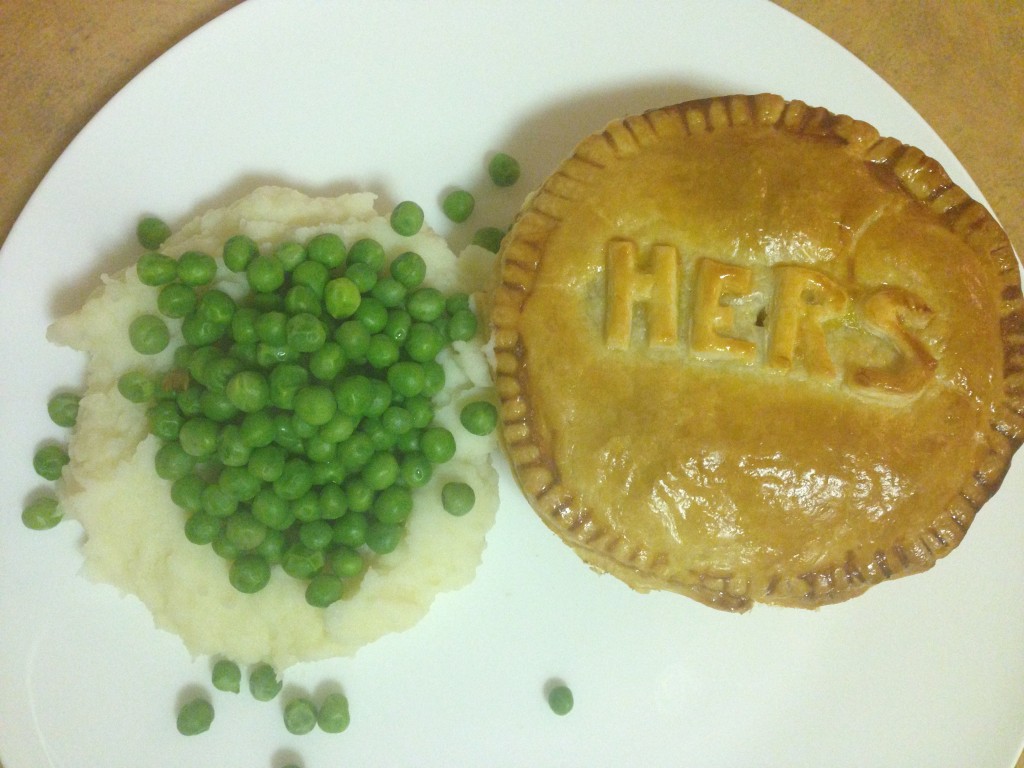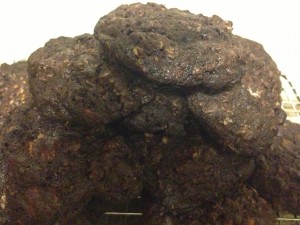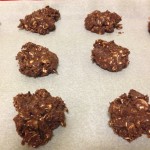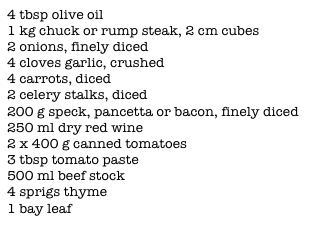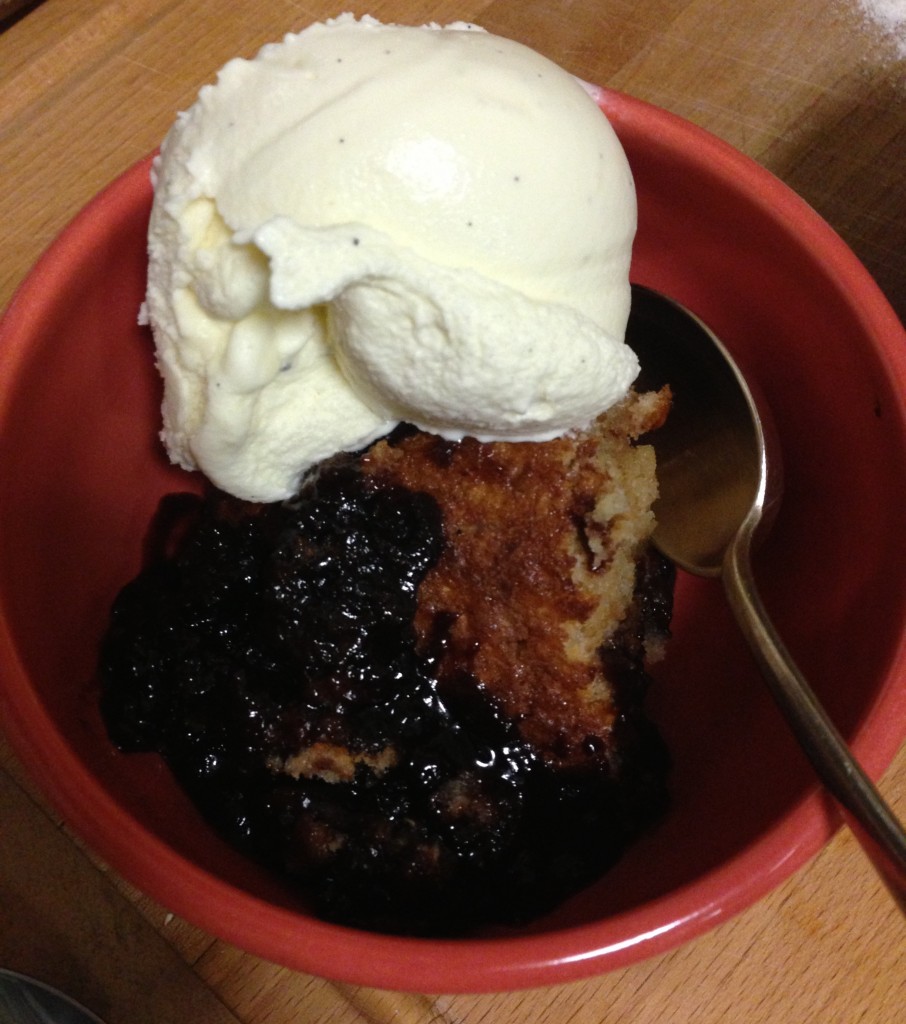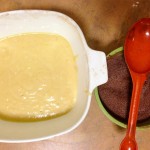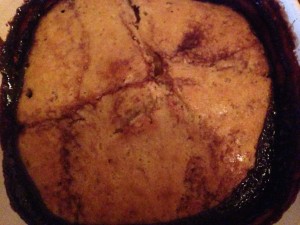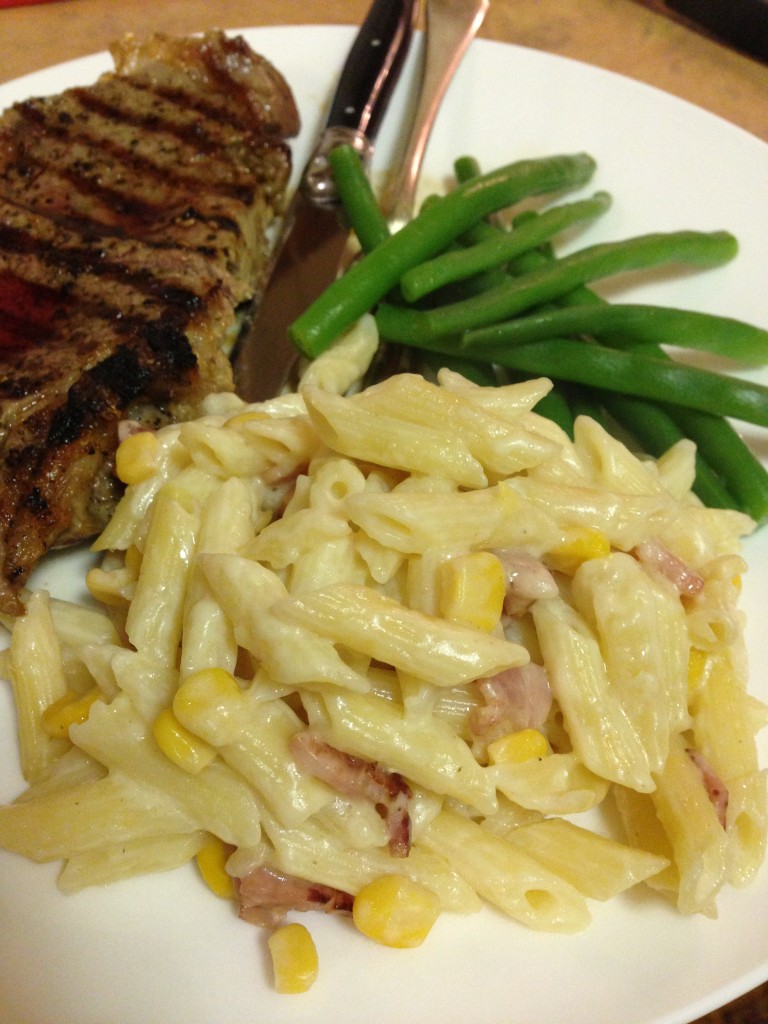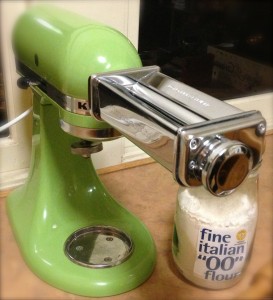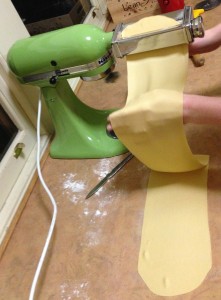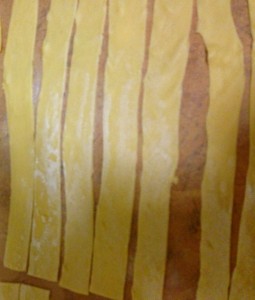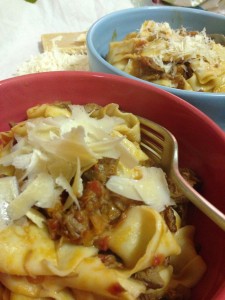Before making delicious sourdough bread you need a sourdough starter, or culture. The starter’s not made of much but if you mix together flour and water and leave it for a while something amazing happens. When left for a bit, making sure you feed and love it, your gluggy mixture will develops natural yeasts and good bacteria. The starter is initially high maintenance, but once it gets going and you’ve got the hang of it you’ll be able to put it in the fridge and forget about it for about a week. I even managed to go away for 4 weeks and it still survived!The easiest way to get a starter is to ask someone who’s already got one for some. A portion of the starter is regularly discarded so it’s no problem to give some away. Besides, you don’t need much old starter to make a new starter. If you don’t know anyone though, you can start your very own from scratch. (My cousin gave me some of his starter to get me going…but I killed it. Too embarrassed to ask him for more, given that he lives interstate, I started my own from scratch.) It will take a week to see some results but before you know it you’ll have a deliciously smooth and bubbly starter.
As always, a little note on ingredients. There’s only 2 ingredients to worry about but they are important. Starters are best when they’re pure. Try and source some stone-ground organic, or biodynamic, flour and use only filtered water. Our water in Warragul is pretty good, but I still filter it.
Now that you’re ready follow the schedule below.
Keeping your starter alive & well
The starter loves routine, just like us. We like to be fed about the same time everyday, or at least I do! I feed my starter in the morning as it’s the most consistent time for me to be home. Keep at room temperature. If you live in a warm climate, ah-hem Darwin ah-hem, put your starter in the fridge to sleep at night. The warmer the starter the quicker it eats. Leaving it out in the heat all the time will cause the starter to starve…no one wants that! Try using a see-through container or bucket to grow your starter so you can see all the bubbles. The starter will be fed different quantities depending on whether you are about to bake with it or just maintaining it. See below.
What to do with the starter in between bakes
Once your starter is established you can relax the feeds. I usually only bake once a week (if that, although sometimes it can be more). After I have finished baking I will mix together 50ml water & 50g flour and add to that 2 tbsp active starter. I will leave that in the fridge until I am ready to feed it up again for the next bake. If it’s going to be a couple of weeks before I bake with the starter I will refresh the starter by repeating the above process, discarding the rest. If the starter is left idle for too long a film of black liquid forms on top and comes with a bit of a pong. It’s not all doom and gloom. It just needs to be refreshed over a few days and it will be back to its happy bubbly self in no time. Last year when I was on holidays for four weeks I did an experiment. I put one container of starter (100ml water & 100 flour with 2 tbsp of active starter) in the fridge and another in the freezer. I thought it was a bit extreme to have someone look after my starter while I was away, we already had friends looking after the dog. But, don’t think it didn’t cross my mind! Anyway, upon return the starter from the fridge was much more successful in its revival. Although, I had read that it is possible to freeze sourdough starter – maybe I was using wrong quantities.
Priming your starter for use
Prior to baking with the starter you’ll have to fatten up the starter quite quickly. I usually mix my bread in the evening. The first feed of the starter begins 1 day before I am going to mix the dough, eg. Mixing on Friday night I start feeding the starter Thursday morning. Second feed is the night before (Thursday night), third feed the morning of the mixing day (Friday morning).
The starter will grow quickly, make sure the container has lots of headroom.
Now that your starter is up and running, make sure to make some sourdough!



